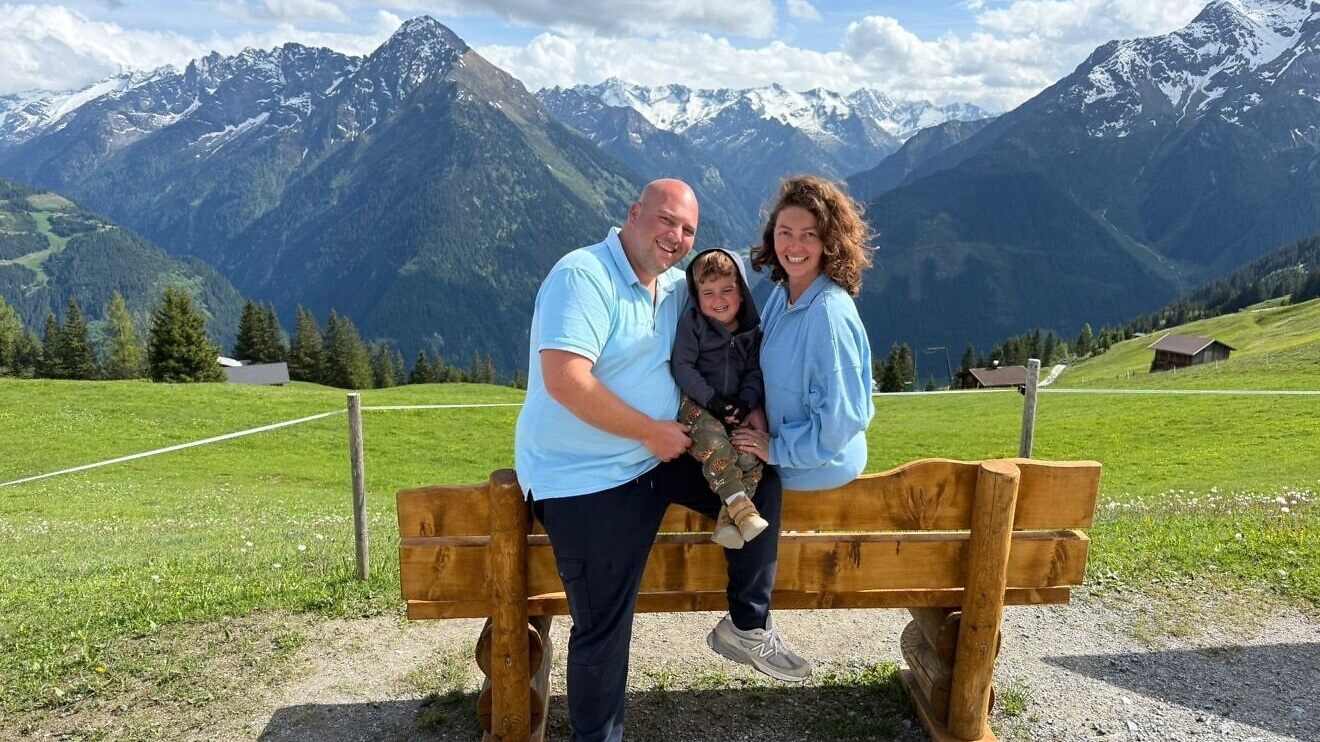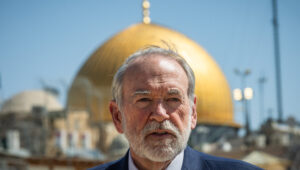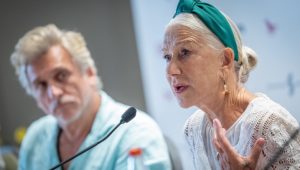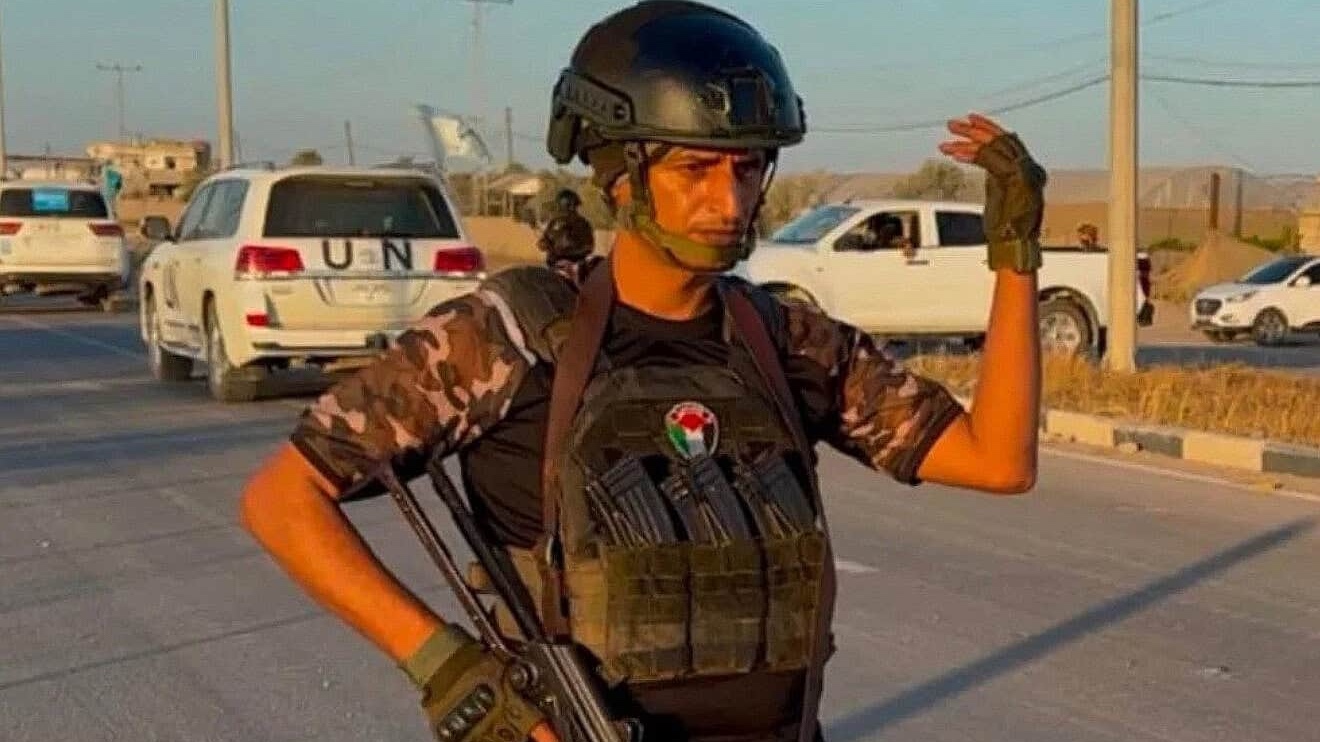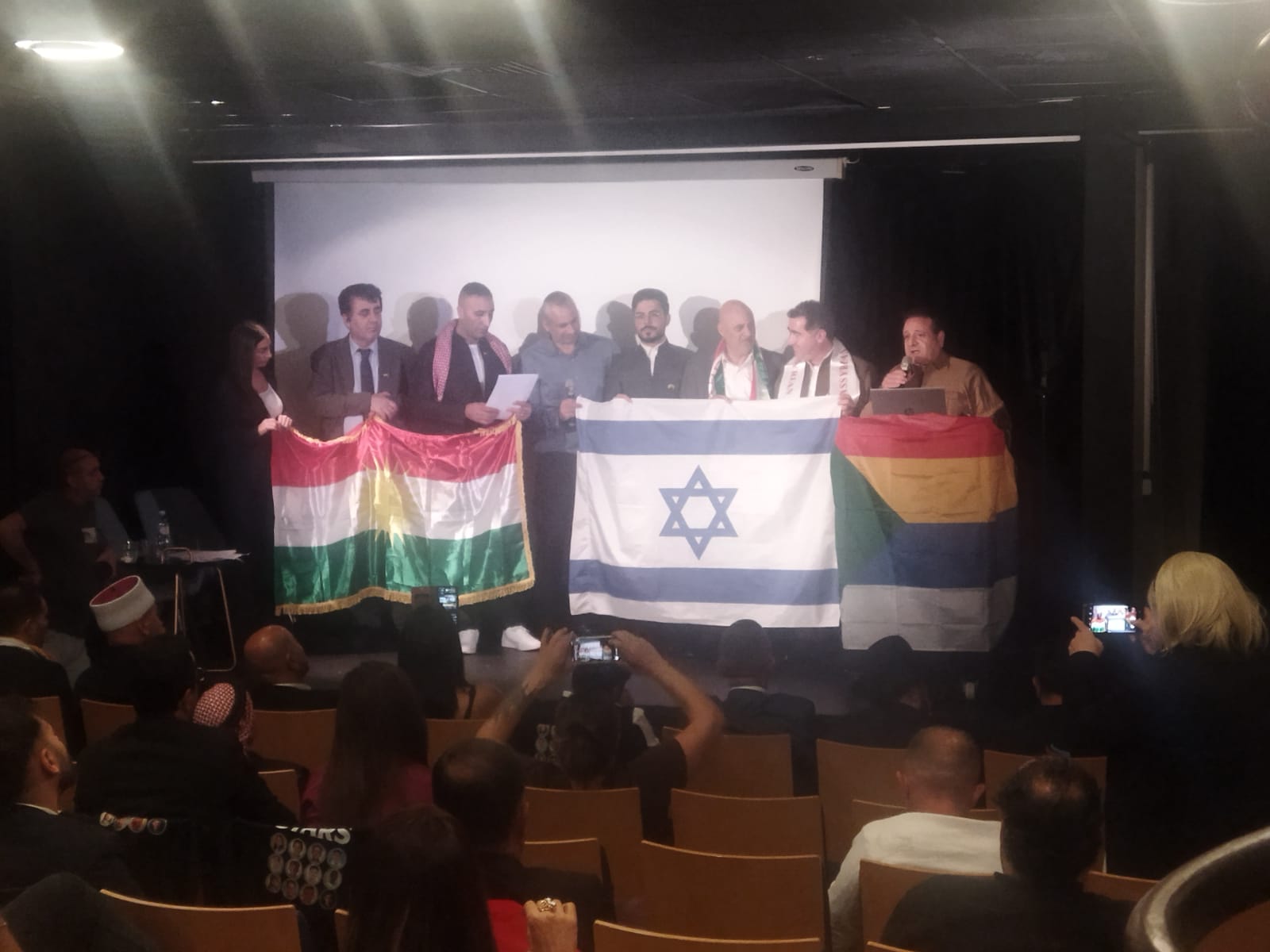(JNS) On Oct. 7, 2023, as Israelis awoke to Hamas’s massacre of 1,200 people, mental health professionals across the country mobilized to provide urgently needed psychological support to those caught in the line of fire and forced to witness the atrocities firsthand.
SafeHeart, a non-profit mental health organization created to support survivors of the music-festival massacres, was founded that very day. Since then, it has reached more than 2,500 survivors, and currently provides long-term therapy for about 1,000.
“We understand that this was a very extreme and unique form of trauma,” said Avital Dimant Litvin, clinical psychologist and senior supervisor at SafeHeart. “We draw from existing trauma research and accumulated knowledge, but we know this is different.”
The survivors “witnessed atrocities—some experienced them firsthand,” she continued. “Many lost very close friends. These are people who knew each other, some their entire lives, others through the festival scene.”
The organization also supports around 350 family members and works with a network of roughly 400 therapists across Israel. Its professionals include therapists, clinical psychologists, psychiatrists, clinical social workers and certified clinical instructors. SafeHeart provides both individual and group therapy, as well as complementary treatments, and operates a special emergency department for survivors suffering from severe symptoms.
The scale and nature of the attack were unprecedented, said Dimant Litvin. “An assault of this kind on civilians, on Israeli soil, has never happened before,” she noted. “We see a wide range of responses—some individuals have progressed in therapy and even experienced personal growth, while others suffer from severe PTSD, struggling to return to work, school, or social life.”
In treating survivors, SafeHeart collaborates closely with psychiatrists, hospitals, rehabilitation centers and other mental health organizations to ensure coordinated care.
“We have a small group of supervisors and are deeply involved in emergency cases,” she said. “We’re seeing a higher percentage of individuals in severe states compared to what is typically found in trauma research. Based on the data we’ve collected, there’s a significantly larger proportion of party survivors showing full-blown PTSD and severe symptoms than expected.”
Professionals at SafeHeart, she added, rely on studies conducted both in Israel and abroad. “We look at the trauma itself, the severity of the trauma, the patient’s prior characteristics and the interaction between these factors,” she said.
A key element, Dimant Litvin emphasized, is the survivor’s ability to react during the traumatic event—to help themselves and feel some degree of control or efficacy.
“Most of those who experienced the trauma of Oct. 7 felt helpless and out of control. They didn’t feel protected by the army or by anyone meant to safeguard them,” she said. “They were civilians—unprepared and in an environment that was the opposite of what one could expect during such a dramatic and traumatic event.”
Studies also examine how personal attributes interact with the severity and duration of trauma. “Different people saw and experienced different things,” she explained. “The trauma began that day, but the war has continued for two years. They’re not out of the traumatic situation—there are still sirens, operations and ongoing fighting. These people live in constant anxiety, and that affects their therapeutic progress.”
Since Oct. 7, there have been a limited number of suicides among survivors of the music festivals. Dimant Litvin said the relatively low figure reflects the close monitoring and care provided to those expressing suicidal thoughts or plans.
“Suicidal thoughts, plans and actions are among the symptoms of PTSD,” she said. “We can understand that someone who has endured such horrific experiences might wish to end their life—it’s something we can empathize with.”
“We are very proactive in caring for these individuals, especially around the date of Oct. 7, which serves as a powerful trigger,” she added. “We reach out to those we know are at risk and remain alert to any patient expressing suicidal thoughts or intentions.”
A person contemplating suicide, Dimant Litvin explained, often wishes to end life as they have known it—a life filled with unbearable anxiety, depression, guilt, loss and diminished capacity. “The role of the therapist is to give hope,” she said. “To help the person see that life can change, that it can get better. It may never be the same as before, but there is always room for healing and renewal.”
Among the therapeutic methods SafeHeart uses are Eye Movement Desensitization and Reprocessing (EMDR) and Cognitive Behavioral Therapy (CBT).
“We combine personal therapy, group therapy, psychiatric care and physical therapy,” said Dimant Litvin. “When necessary, we also provide intensive treatment.”
For those close to PTSD sufferers, she stressed the importance of checking in and monitoring for signs of regression, withdrawal, or even extreme behavioral changes.
“The return of hostages, while a moment of joy, can also be a powerful trigger,” she said. “It’s an extreme event that reminds survivors that while some have returned, others did not. These moments should encourage us to stay attentive. Most importantly, people must notice changes and be proactive in reaching out.”
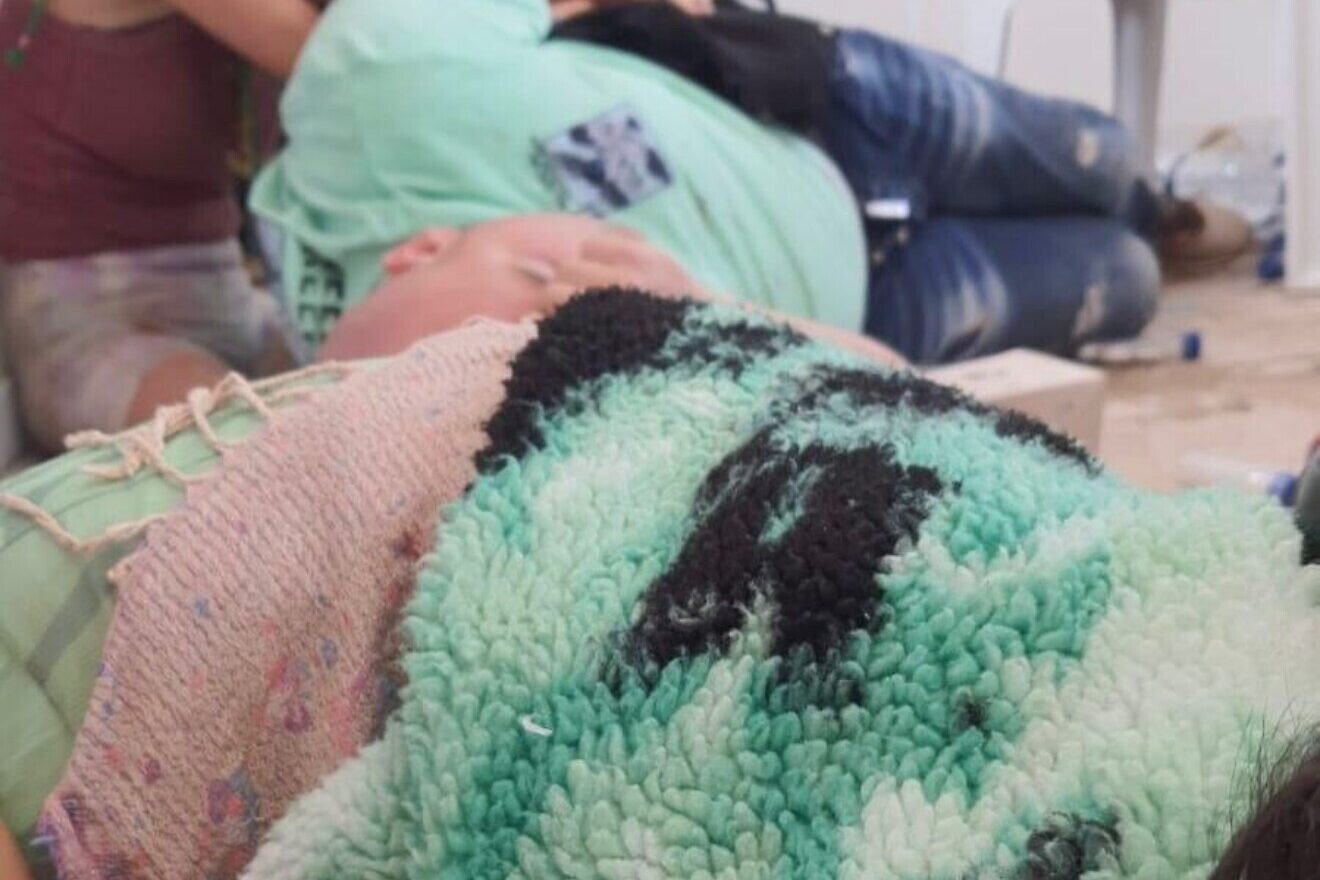
Rita and Guy (in the green T-shirt) hiding at the ticket booth in Re’im on Oct. 7, 2023. Photo by Rita Shtivelman.
One of the survivors supported by SafeHeart since the beginning is Rita Shtivelman. On Oct. 7, at the Re’im music festival, she hid in a ticket-booth caravan with her sister Eden, who had been working the night shift, her husband Guy, and three other partygoers. Guy was shot while shielding her from Hamas bullets. Around 11:30 a.m., a terrorist looked through the caravan window, threatened the group, and stole their phones and money. All six were rescued later in the day by Israeli soldiers.
Shtivelman recalled the harrowing scene as they were rescued. “The person I’m seeing lying on the ground isn’t waking up—they’re not taking a break—they’re dead,” she said. “When you’re saved, you feel freedom, and in that same moment, you feel guilt.”
After her rescue, Shtivelman said she realized she was not the main story—others had been murdered or burned alive in nearby towns. “I went home with this feeling that I couldn’t complain. I had to stay quiet, not cry, and not feel sorry for myself,” she said.
“Therapy was so important—and it came right away. Someone was there for me from the very first moment,” she said. “I had to go home, my two-year-old needed to be breastfed, and my husband was in the hospital. The next day, I had my first therapy session over Zoom, and then I signed up through the links SafeHeart sent me.”
Therapy, she said, supported her through multiple stages—her and her husband’s temporary move abroad to heal, their brief separation, and eventually their reunion.
“The anger I had inside was that I stopped dancing,” she said. “I couldn’t continue—it felt disrespectful to those who died. My therapist and I agreed I needed to try, because dancing is also healing. I went dancing on Purim, and it was a release. I felt so much leave my body—anger, thoughts, guilt.”
Shtivelman said she later joined a mentorship program and began attending community days with other survivors. “Suddenly you don’t feel alone in the world,” she said.
SafeHeart also offers survivors retreats combining personal and group healing. “Last week, SafeHeart held a retreat where we could bring a family member,” she said. “My mother has a chat group with other parents and participates in Zoom calls with therapists who give talks. This shell they build around us—it’s very helpful.”
“Eventually, you realize you’re grateful,” Shtivelman reflected. “But it’s not just about being grateful to be alive—it’s learning to be grateful even for the difficult parts. For my separation from Guy, for not being with my son all the time. Even in the hard moments, you learn to accept everything.”
Triggers for Shtivelman include seeing white trucks on the road. “I feel like my heart is starting to race; these white trucks need to be eliminated. It’s too familiar. I learned how to cope with it but I’m alone in the car and I’m pregnant. Most survivors are still in that place,” she added.
Her SafeHeart therapist encourages Shtivelman to share her story. “I realized I would not be able to progress if I was not willing to go back to where it happened and see how it makes me feel. I felt I had to share with people what happened and how amazing it was right before everything happened,” she said.
Since April 2024, Shtivelman has met groups from all over the world. “Being a survivor is part of me but I chose to look at it as an opportunity and understand that if I stayed alive, I cannot be a victim, I cannot cry on my pillow all day. I want to help others to navigate challenges in their lives. Everything happens to us for a reason,” she said.
Want more news from Israel?
Click Here to sign up for our FREE daily email updates


